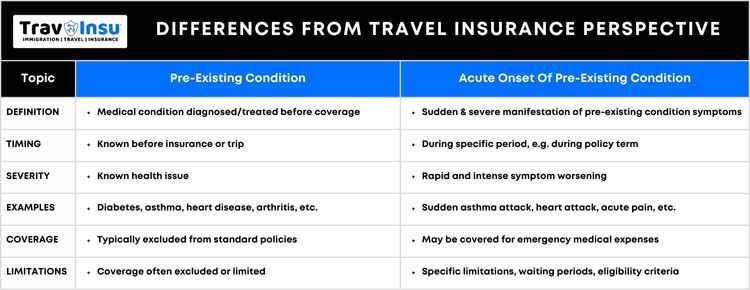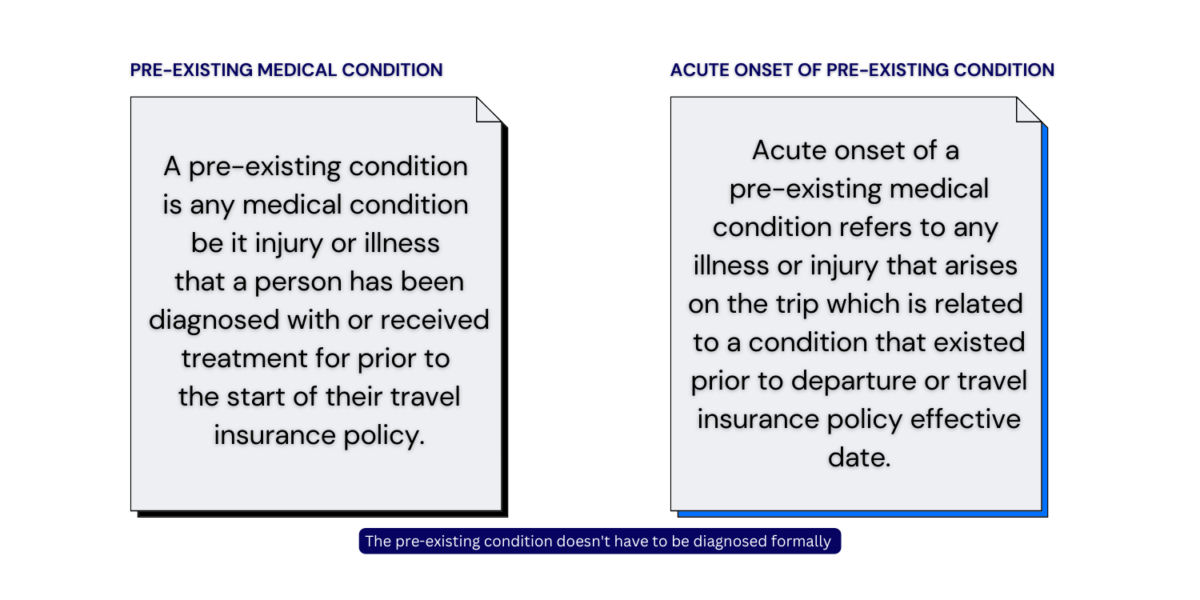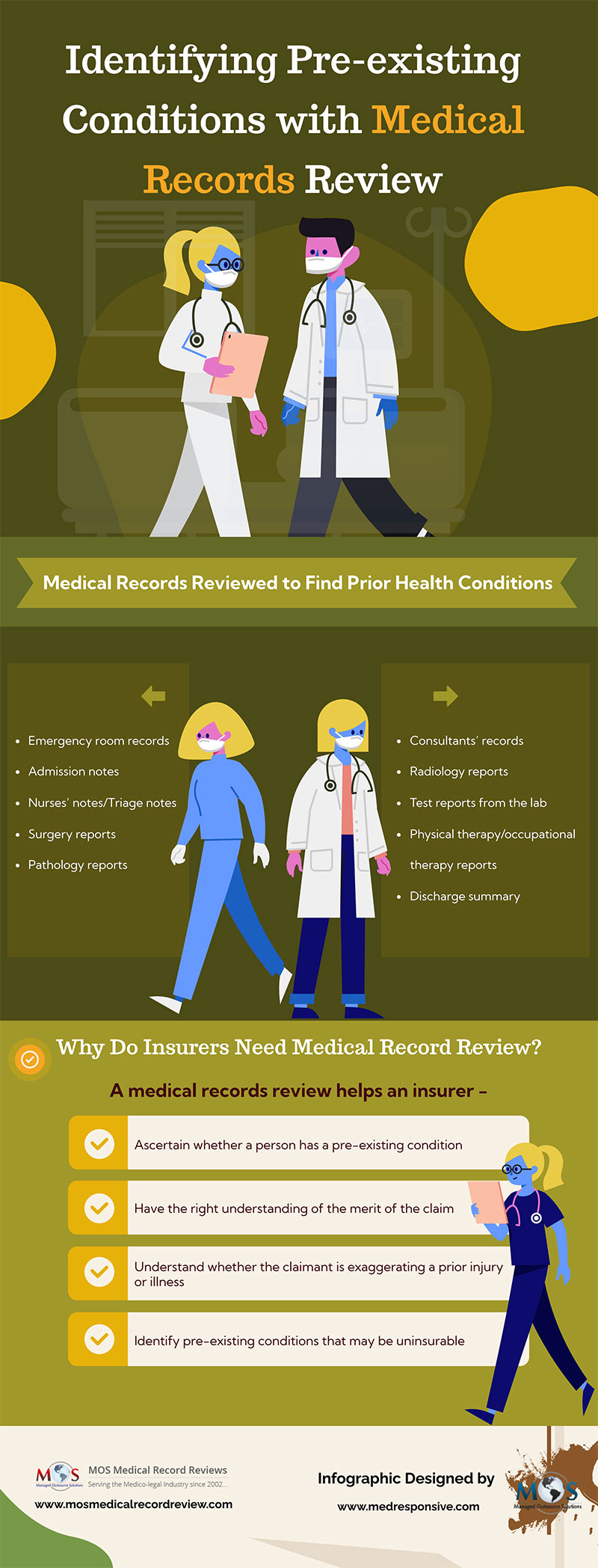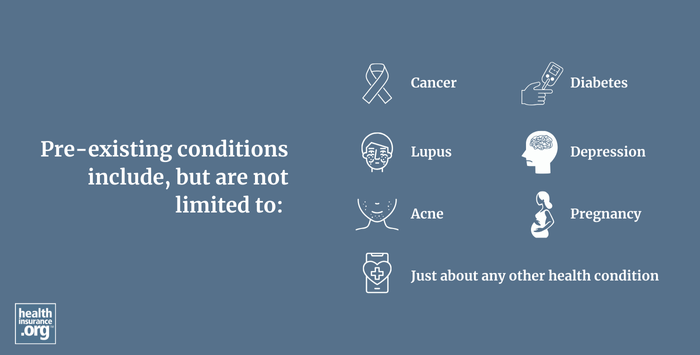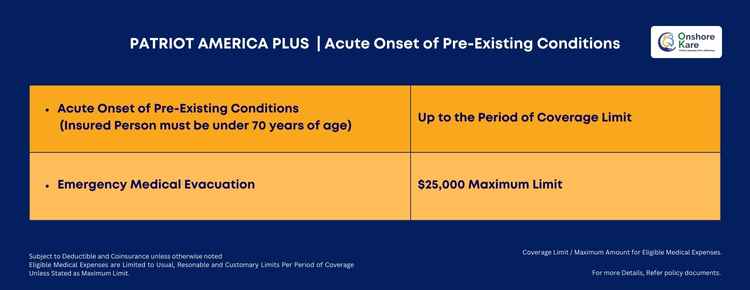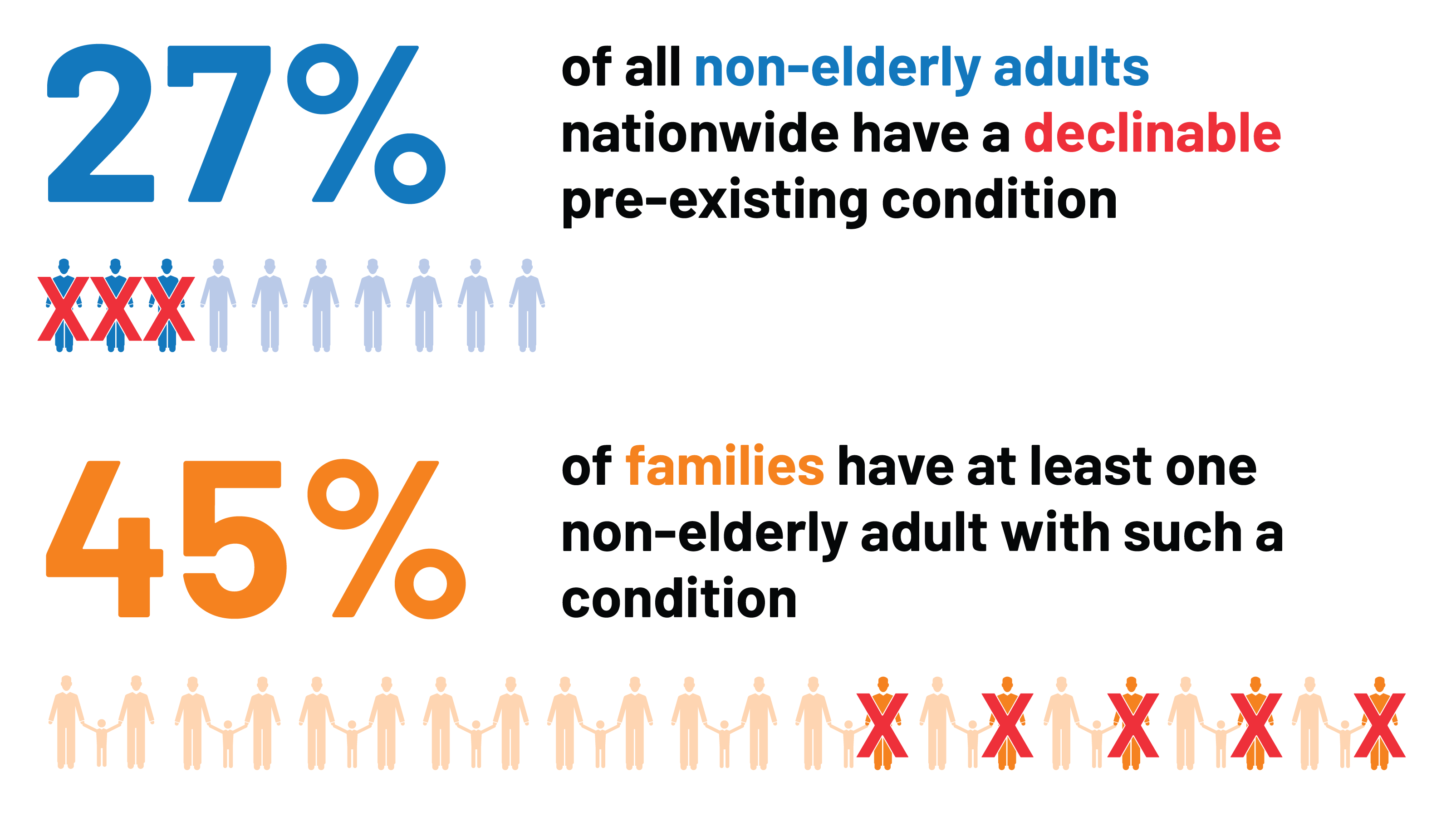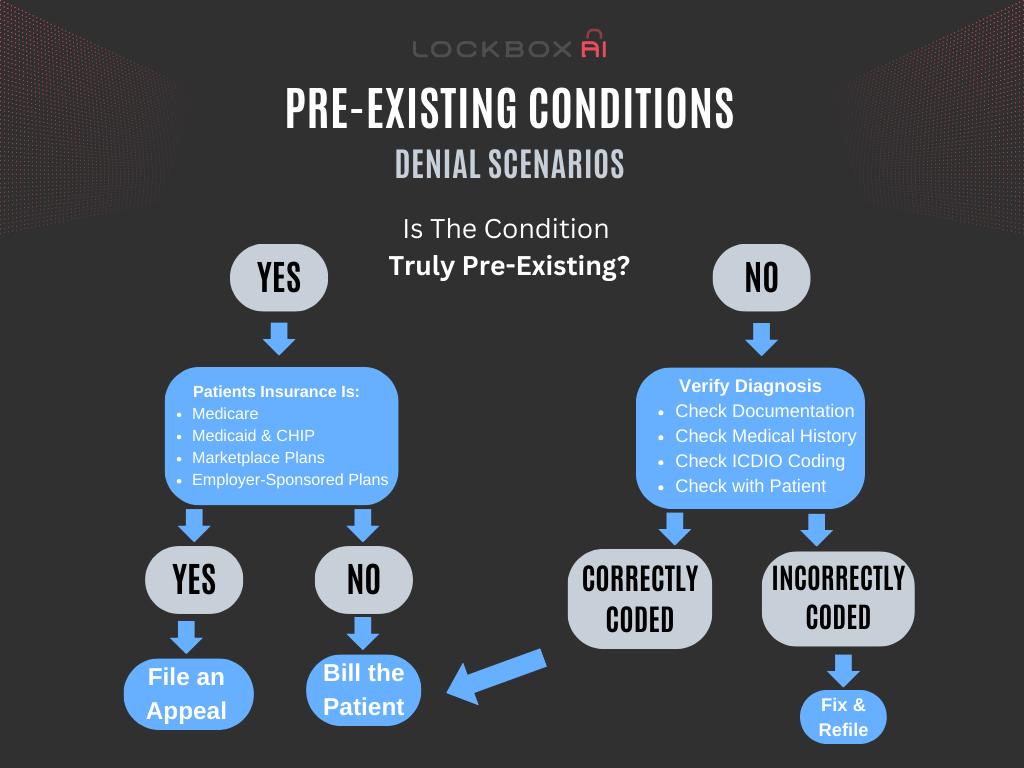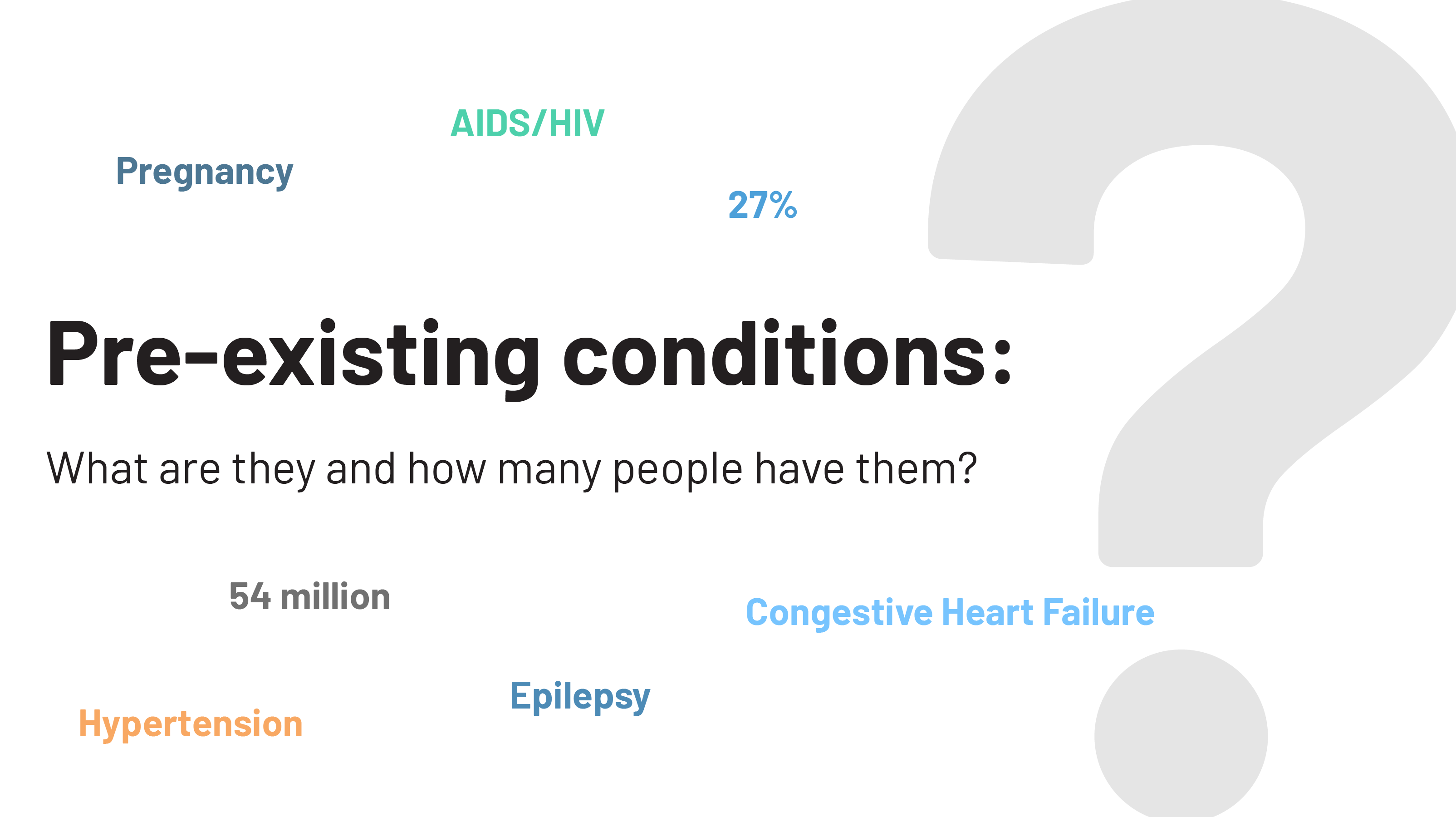Acute Onset Of Pre-existing Conditions Vs Pre Existing Conditions
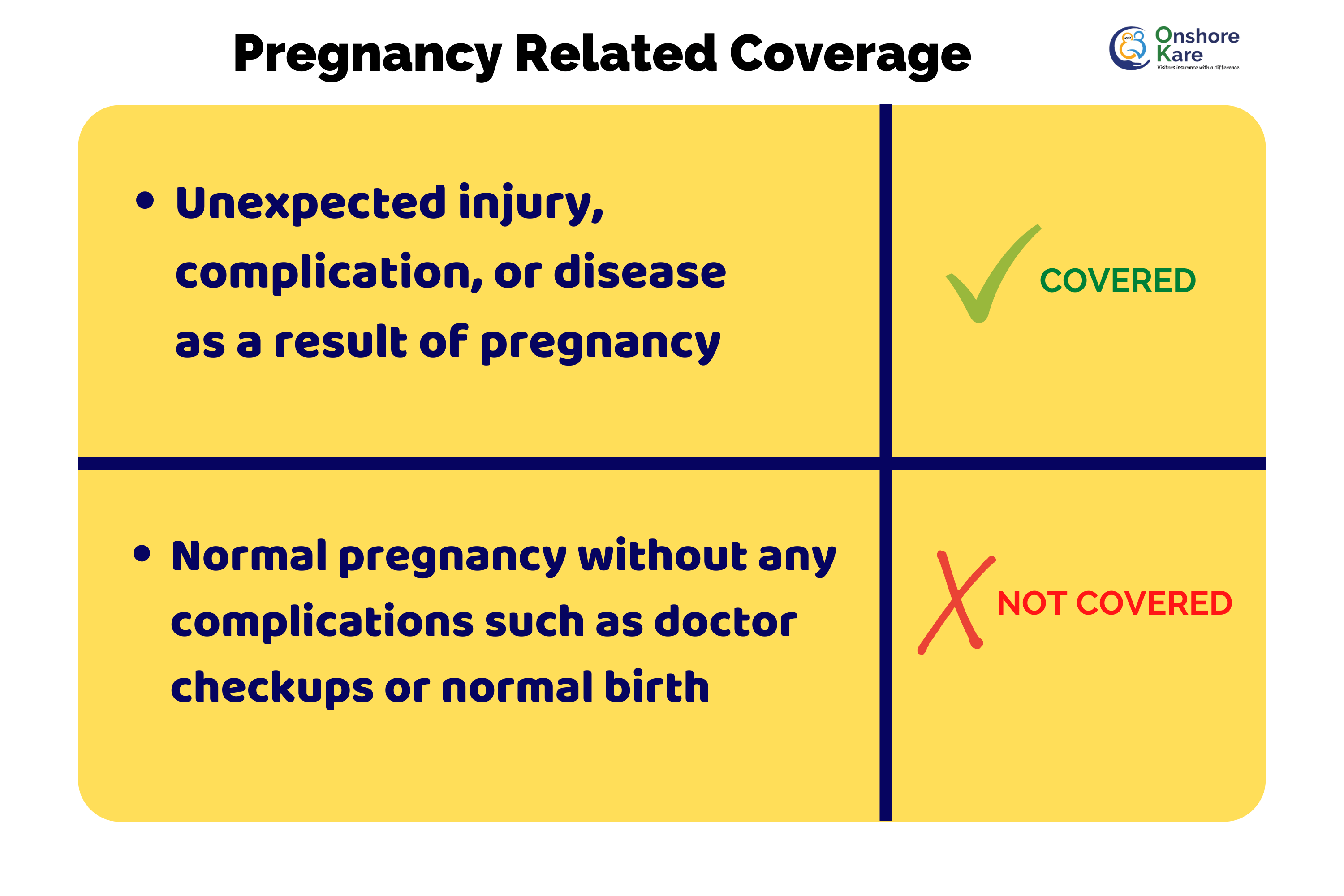
Did you know that a 2018 study by the Kaiser Family Foundation found that over 50% of Americans have at least one pre-existing health condition?
This is a far-reaching topic, impacting businesses large and small.
Navigating health insurance and employee benefits requires a clear understanding of how pre-existing conditions are defined and handled. This article is here to help.
Understanding Pre-Existing Conditions
Let's start with the basics: What exactly is a pre-existing condition?
Generally, it's any health condition that existed before an individual enrolled in a health insurance plan. This could include anything from diabetes to asthma, or even pregnancy.
Understanding how insurance companies view these conditions is crucial. This knowledge allows businesses to design employee benefit packages that are fair, competitive, and attractive to potential hires.
The Affordable Care Act (ACA) and Pre-Existing Conditions
Before the ACA, insurance companies could deny coverage or charge higher premiums to individuals with pre-existing conditions.
The ACA changed this. Now, health insurance plans are generally prohibited from denying coverage or charging higher premiums based on pre-existing health conditions.
This is a game-changer for both individuals and businesses.
Acute Onset vs. Pre-Existing: A Key Distinction
Now, let's dive into a more nuanced area: the acute onset of a pre-existing condition.
This refers to a sudden and severe flare-up or worsening of a condition that an individual already had before enrolling in a health plan. For example, an asthma patient with a pre-existing diagnosis suffering a severe asthma attack.
Imagine one of your employees has managed their diabetes well for years. Then, suddenly, they develop a serious complication like diabetic ketoacidosis. That's an acute onset.
Why This Distinction Matters
Insurance coverage for an acute onset of a pre-existing condition should be the same as coverage for any other sudden medical emergency.
Businesses need to be aware of this. Understanding helps them guide their employees through the claims process and ensure they receive the care they need.
Knowing your employee's rights is crucial for maintaining a supportive work environment.
Navigating Potential Challenges
Even with the ACA protections, navigating the insurance landscape can still be complex.
Sometimes, insurance companies might try to attribute a current medical issue to a pre-existing condition, potentially limiting coverage. For example, claiming that the symptoms of a severe allergic reaction could be related to a previously disclosed allergy.
Businesses should encourage employees to carefully review their policy details and appeal any denied claims if they believe the denial is unfair or inaccurate. Resources like the U.S. Department of Labor offer assistance with understanding and enforcing your rights under the law.
Practical Implications for Businesses
So, how does all of this impact your business directly?
First, a strong understanding of these regulations will help you design competitive and inclusive employee benefits packages.
Offering comprehensive health insurance is a major factor in attracting and retaining top talent. It demonstrates that you care about your employees' well-being.
Promoting Employee Education and Advocacy
Empower your employees to become informed healthcare consumers. Provide resources and information about their health insurance plans and their rights under the ACA.
Consider offering wellness programs that focus on preventative care. These programs help employees manage existing conditions and potentially prevent new ones from developing.
A healthy and informed workforce is a more productive workforce.
The Bottom Line
Understanding the nuances of pre-existing conditions, including the acute onset of those conditions, is essential for businesses today.
It allows you to create fair and competitive benefit packages, support your employees' health and well-being, and ensure compliance with the law.
Investing in employee health is an investment in your company's success. Consult with benefits professionals and legal counsel to ensure your policies are compliant and supportive of your workforce.
Remember, an informed and healthy workforce contributes directly to a stronger and more successful business.
.jpg)

